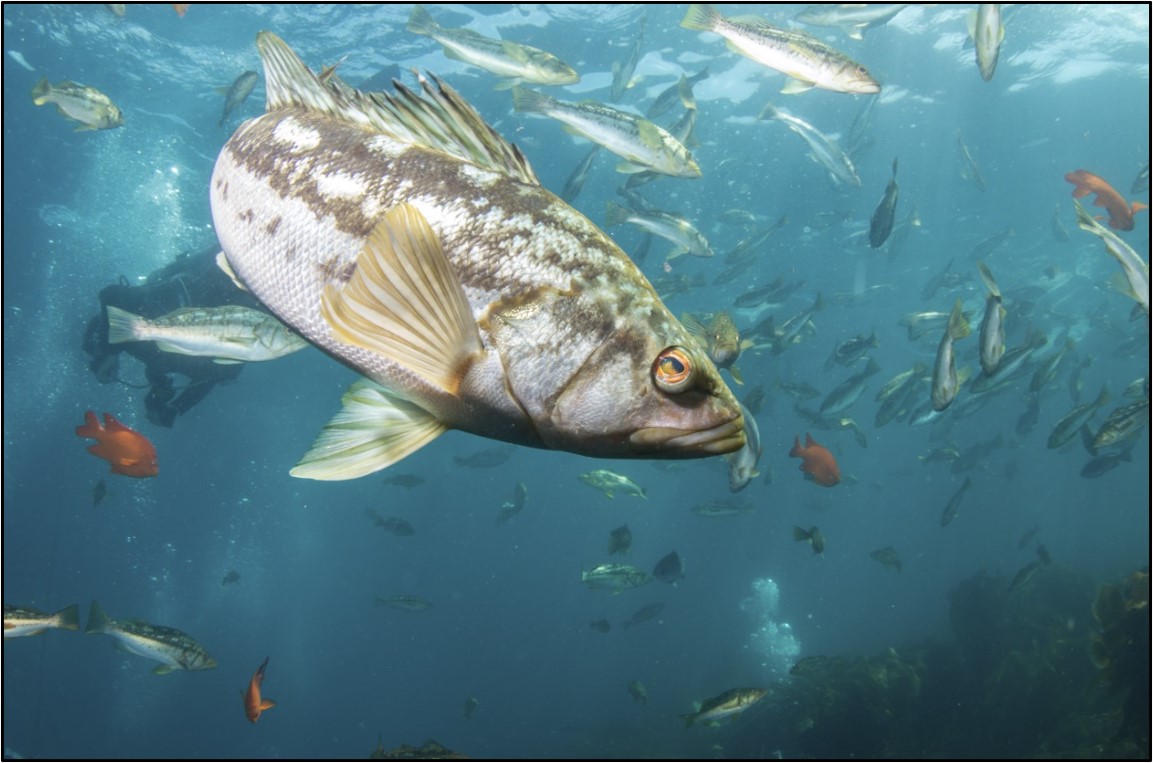Marine eDNA decay rates to be measured to support development of DNA-based monitoring

SCCWRP and its partners have launched a three-year study to measure how rapidly the DNA that marine organisms shed into their environment decays in ocean water under different environmental conditions – foundational insights that will pave the way for researchers to develop marine monitoring tools that can reliably detect the presence of specific species based on their environmental DNA, or eDNA.
The study, launched in July, will consist of a series of experiments in simulated and controlled environments – a setup known as a mesocosm – on Catalina Island. Researchers will quantify how quickly eDNA is degraded by microbial communities until it’s no longer detectable.
Researchers’ long-term goal is to develop eDNA monitoring methods that can consistently detect the presence of various species – everything from endangered and invasive species, to spawning fish that may pass rapidly through a water body. With eDNA-based monitoring, water samples are collected and any DNA that has been shed into the water is extracted and analyzed to determine which organisms were present in the sample.
eDNA-based monitoring has the potential to reduce the costs and time associated with routine biological monitoring. It also could provide a rapidly scalable, noninvasive method for monitoring biological communities – especially important in areas like California’s Marine Protected Areas where direct sampling of organisms can be ecologically disruptive.
To date, researchers’ understanding of eDNA decay rates in marine environments remains extremely limited. Most studies of eDNA decay rates have focused on freshwater stream environments, which expose eDNA to a different set of environmental variables than in marine environments.
During the study, researchers will work to build numerical models that predict marine eDNA decay rates under various environmental parameters, including different temperatures and nutrient regimes.
The California Cooperative Oceanic Fisheries Investigations (CalCOFI), a study partner, intends to immediately test-drive the models by conducting eDNA monitoring alongside CalCOFI’s existing fish sampling efforts. The side-by-side comparison will help researchers evaluate model performance; it also will aid interpreting eDNA data, including improving abundance estimates and anticipating false negatives.
Also during the study, researchers will isotopically label DNA to identify the microbial communities responsible for degrading eDNA. Understanding which microbial communities are responsible will help researchers to better understand if faster eDNA decay rates are the result of a shift in microbial community population, an increase in metabolic activity, or a combination of both.
SCCWRP will use the study’s insights to refine and optimize eDNA sampling protocols, ensuring eDNA monitoring methods are harmonized and standardized for routine use in marine monitoring programs.
For more information, contact Dr. Susanna Theroux.
More news related to: Bioassessment, DNA Barcoding, Top News